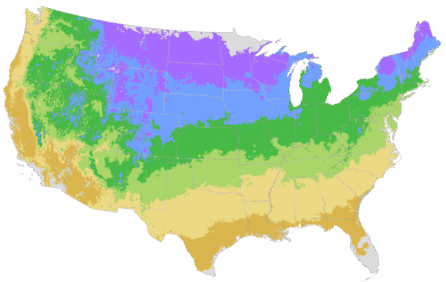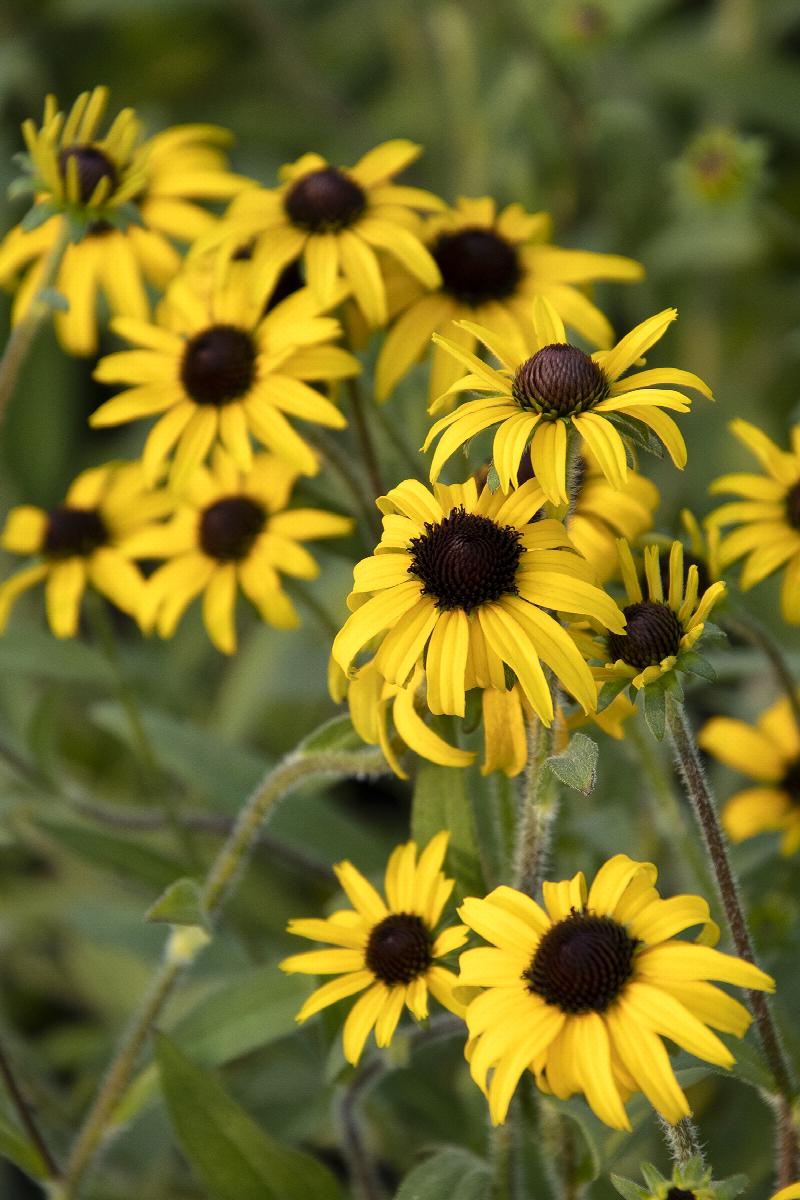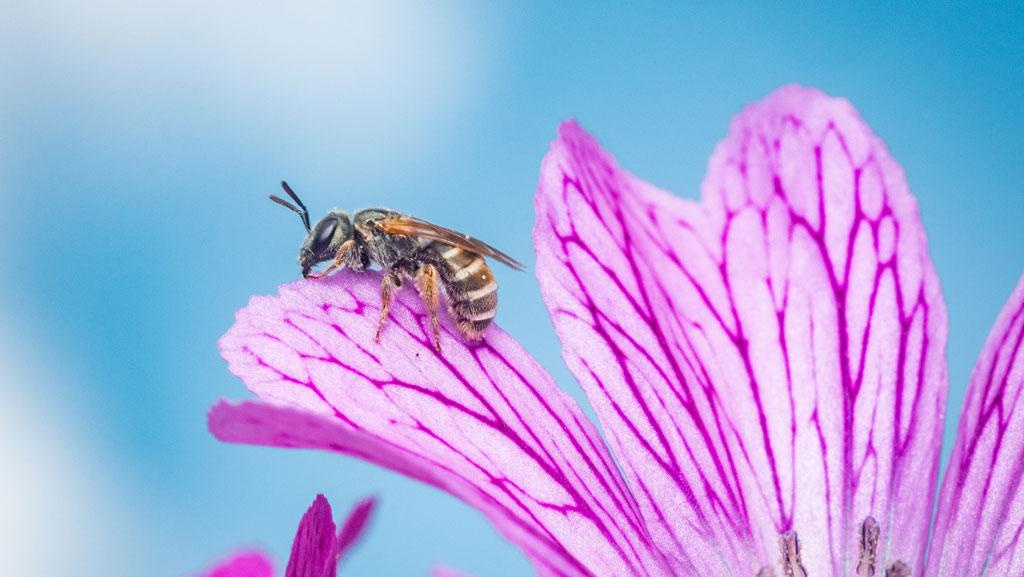American Gold Rush Black-Eyed Susan
Rudbeckia x fulgida 'American Gold Rush' PP #28,498
Pronunciation: rud-BEK-ee-uh
SKU #43873
| Description | At last, a hybrid Black-Eyed Susan that thrives in wet, humid climates! This multiple-award-winning perennial features slender, fuzzy, disease-resistant leaves on a compact, rounded form, with masses of classic gold and black blooms providing color right up until frost. A must for sunny perennial borders and cutting gardens. An herbaceous perennial. |
|---|---|
| Light | Full sun |
| Watering | Water when top 2 inches of soil is dry. |
| Blooms | Late summer into fall |
| Mature Size | Quickly reaches 2 to 3 ft. tall, 3 ft. wide. |
| Deciduous/Evergreen | Herbaceous |
|---|---|
| Special Features | Easy Care, Improved Pest and Disease Resistance, Waterwise, Fast Growing, Compact Form |
| Problems/Solutions | Drought Tolerant, Tolerates Urban Pollution |
| Growth Rate | Fast |
| Flower Attributes | Flowers for Cutting, Showy Flowers |
| Patent Act | Asexual reproduction of plants protected by the Plant Patent Act is prohibited during the life of the patent. |
| Landscape Use | Border, Container |
|---|---|
| Design Ideas | Plant this cousin of the classic black-eyed Susan to provide tremendous garden color from July to frost, when many earlier blooming perennials are fading. A real star of the sunny border, keep within cutting reach for indoor arrangements. |
| Flower Color | Yellow |
| Foliage Color | Green |
| Companion Plants | Coneflower (Echinacea); Avens (Geum); Switch Grass (Panicum); Russian Sage (Perovskia); Sedum (Sedum) |
| Care | Thrives in average, well-drained soil. Water deeply, regularly during the first growing season to establish an extensive root system. Once established, reduce frequency; tolerates mild drought. For a neat appearance, remove old foliage before new leaves emerge. Divide clumps every 2 to 3 years in early spring. |
|---|
| Lore | Of the great prairie wildflowers of North America, the black-eyed Susans are the first to become domesticated garden flowers. The genus was classified by Linnaeus who chose to name it in honor of his mentor and friend Olof Rudbeck, 1660-1740. There are over 30 species native to America and this species is found in moist meadows of Michigan south to Missouri and est Virginia. The species was classified by English botanist William Aiton, 1731-1793. 'Goldstrum' is an old German seed strain that has proven far better under cultivation although it is hotly debated whether there is a differentiation between R. f. var. sullivantii and Goldstrum. |
|---|
This Plant's Growing Zones: 4-9

Your USDA Cold Hardiness Zone:
Your climate may be too cold for this plant
Buy Online
We cannot currently ship this product to your zip code.
Buy Locally
No Retailers found within 50 miles of your zipcode
About Us
We have been pioneers and craftsmen in the art of growing plants for nearly
100 years. Since our founding in Southern California by Harry E. Rosedale, Sr.
in 1926, we have been absolutely dedicated and obsessed with quality.
We have been pioneers and craftsmen in the art of growing plants for nearly 100 years. Since our founding in Southern California by Harry E. Rosedale, Sr. in 1926, we have been absolutely dedicated and obsessed with quality.

